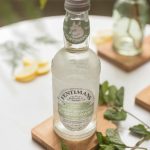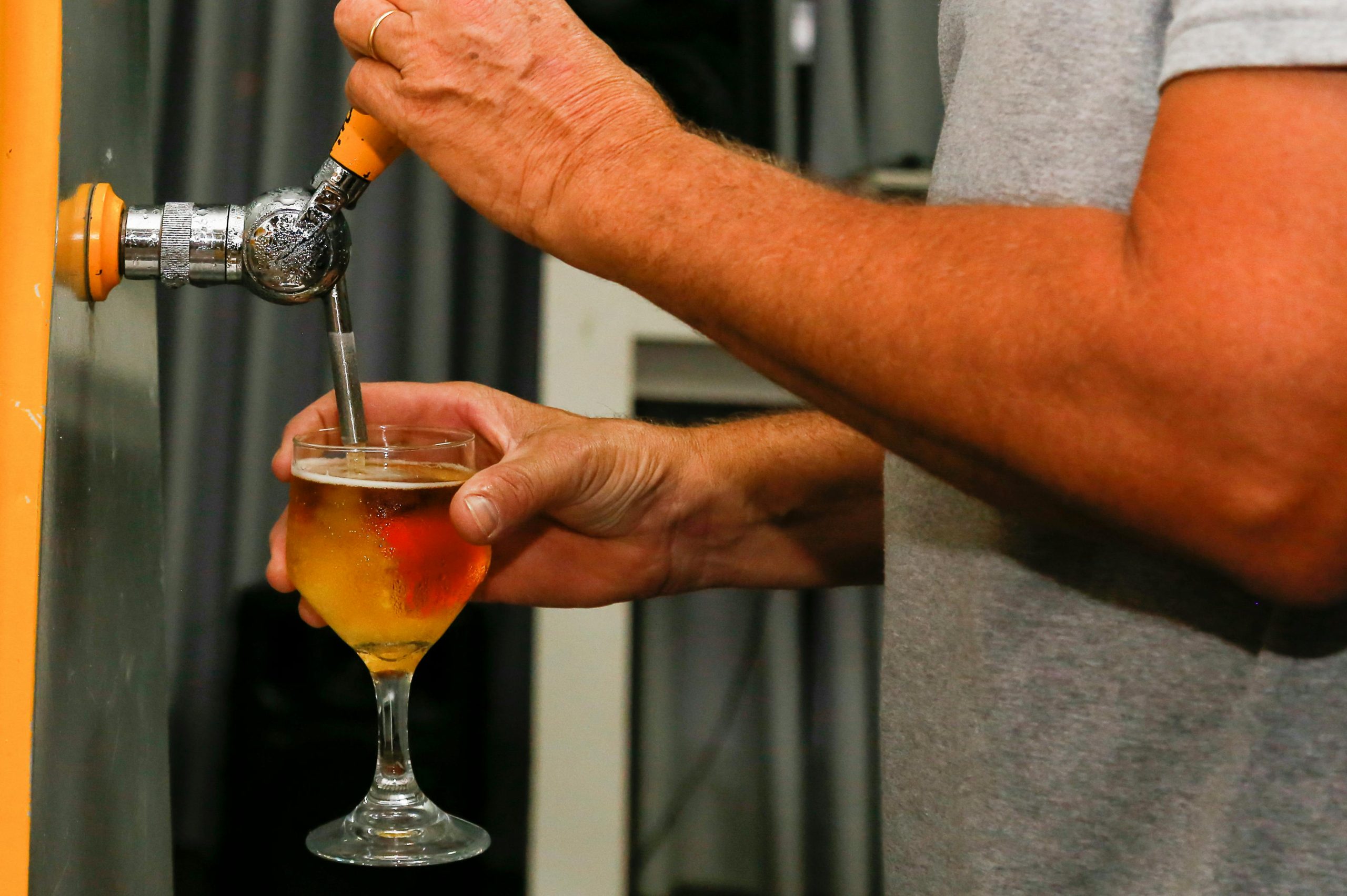Your cart is currently empty!

Steven Coulson
Steven has been drinking beers, wines and spirits for decades and has a propensity to go about them at length after a few drinks.
Latest Posts
- Oregon Road Trip: Freeland Spirits Garden Botanicals Gin

- Botanist with Trader Joe’s Lemon and Elderflower Soda

- I’m one of the worlds leading buyers of craft gin in the world and a international spirit judge AMA

- I’m blown away…. By how let down I am by this Gin.

- The Botanist 22 Gin Review: Perhaps the most overhyped gin around

Categories
Archive
Tags
Social Links

Troubleshooting Your First Keg: How to Reduce Foam When Pouring
Congratulations on your new kegerator! There’s nothing quite like enjoying a fresh draft beer, especially when it’s your favorite—Coors Banquet in this case. However, pouring your first pint only to be met with a cascade of foam can be a frustrating experience. Don’t worry; you’re not alone! Many first-time keg owners face this issue. Here’s a guide on how to minimize the foam and get the perfect pour.
Understanding the Foam Problem
When beer pours with excessive foam, it can be disheartening. This issue can arise from several factors, including temperature, carbonation levels, and even the way the beer is poured. Fortunately, with a bit of tweaking, you can achieve that smooth pour you’re looking for.
Key Factors to Consider
1. Pressure Settings
One of the most crucial elements in serving draft beer is the pressure at which it’s dispensed. Each type of beer has a recommended PSI (pounds per square inch) for optimal carbonation. For Coors Banquet, a pressure setting in the range of 10 to 12 PSI is typically ideal. Since you’ve already experimented with these numbers and didn’t see a difference, consider adjusting it slowly to find the sweet spot.
2. Temperature Matters
The temperature of the beer plays a significant role in foam production. Ideally, your kegerator should be set between 34°F and 38°F (1°C to 3°C). If your beer is too warm, it will pour with more foam. Double-check the temperature settings as well as ensure that the keg has had enough time to chill properly.
3. Checking Your Lines and Tap
Inspect your beer lines and tap for any obstructions or issues that may contribute to foaming. Make sure the lines are not overly long, as excessive length can increase resistance and lead to foam. Additionally, clean your tap regularly to ensure optimal flow.
Additional Tips for a Perfect Pour
-
Tilt Your Glass: Angle your glass when pouring. Start by pouring down the side and then bring the glass upright as it fills. This technique helps to minimize foam.
-
Bleed the Keg: If you haven’t already, bleeding pressure from your keg may help. Just be sure to do this slowly to avoid losing too much carbonation.
-
Practice Makes Perfect: Sometimes it takes a few
